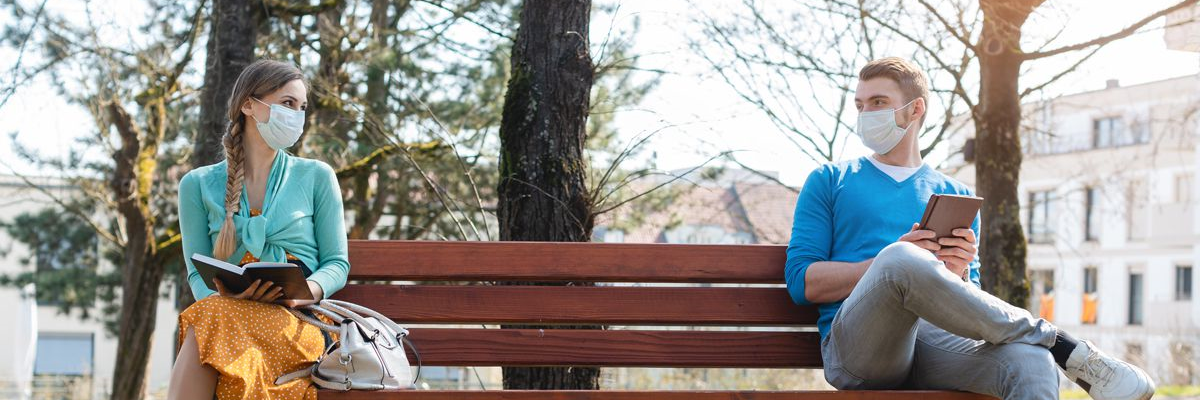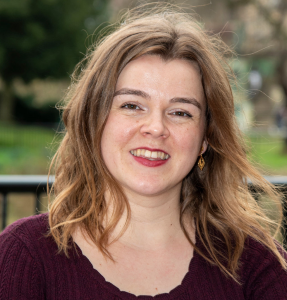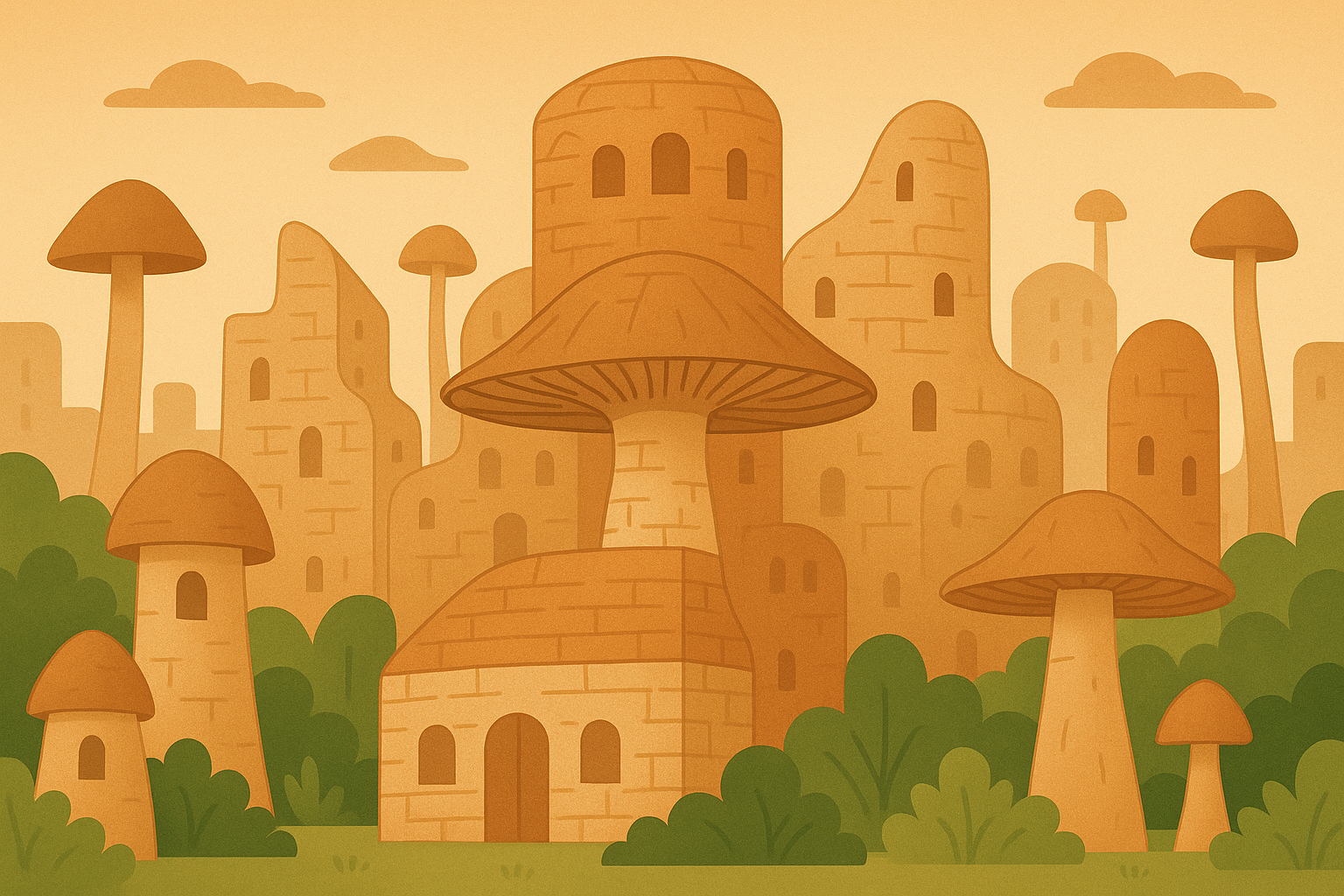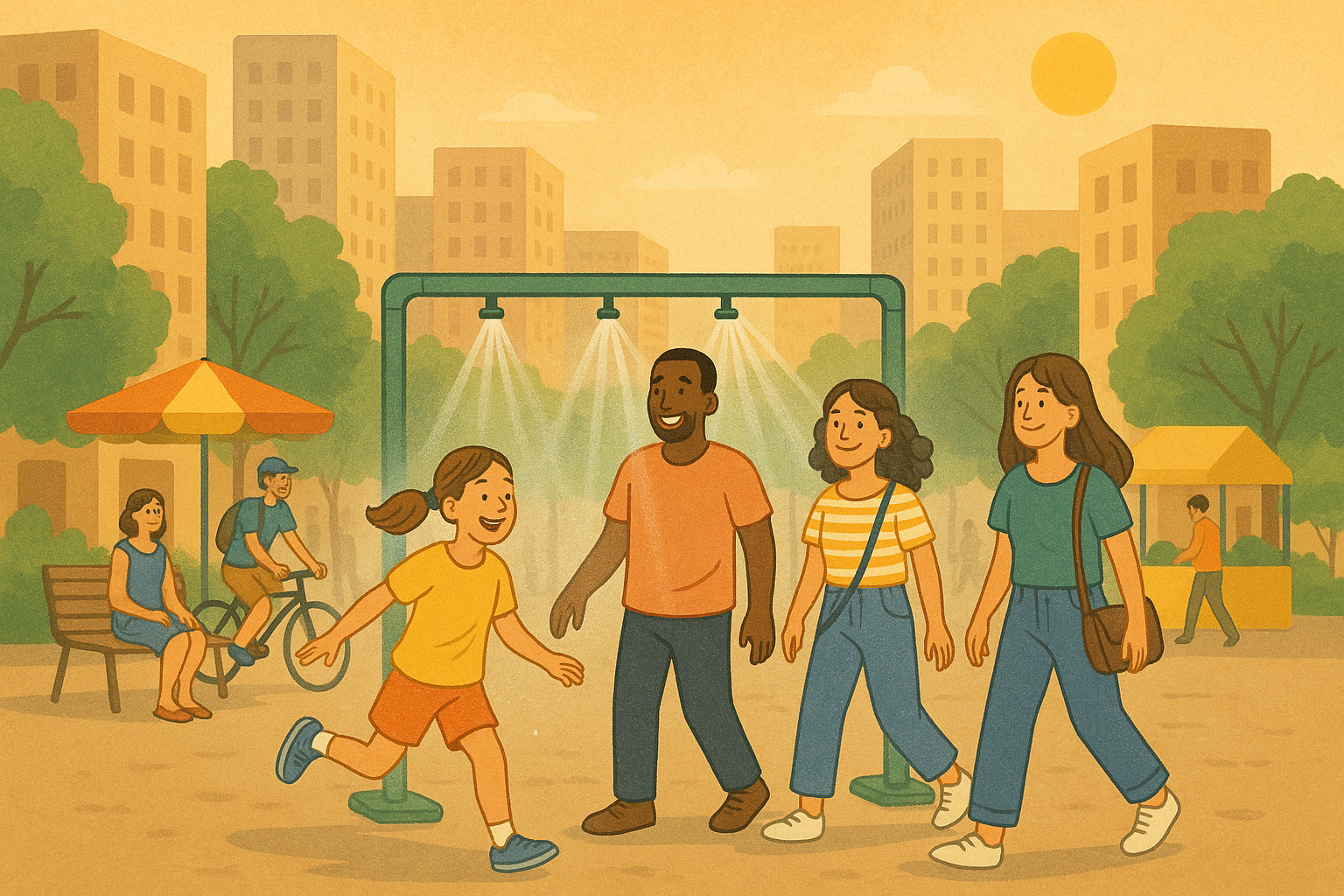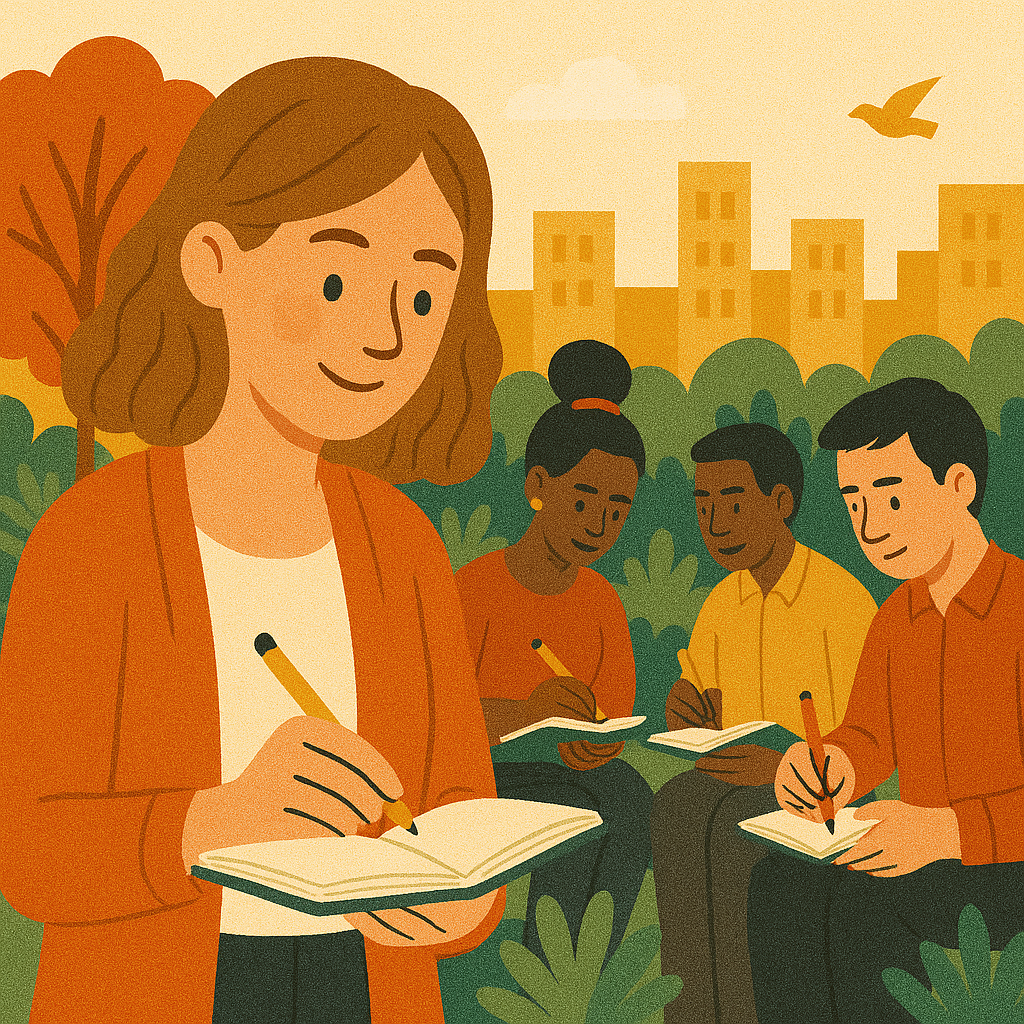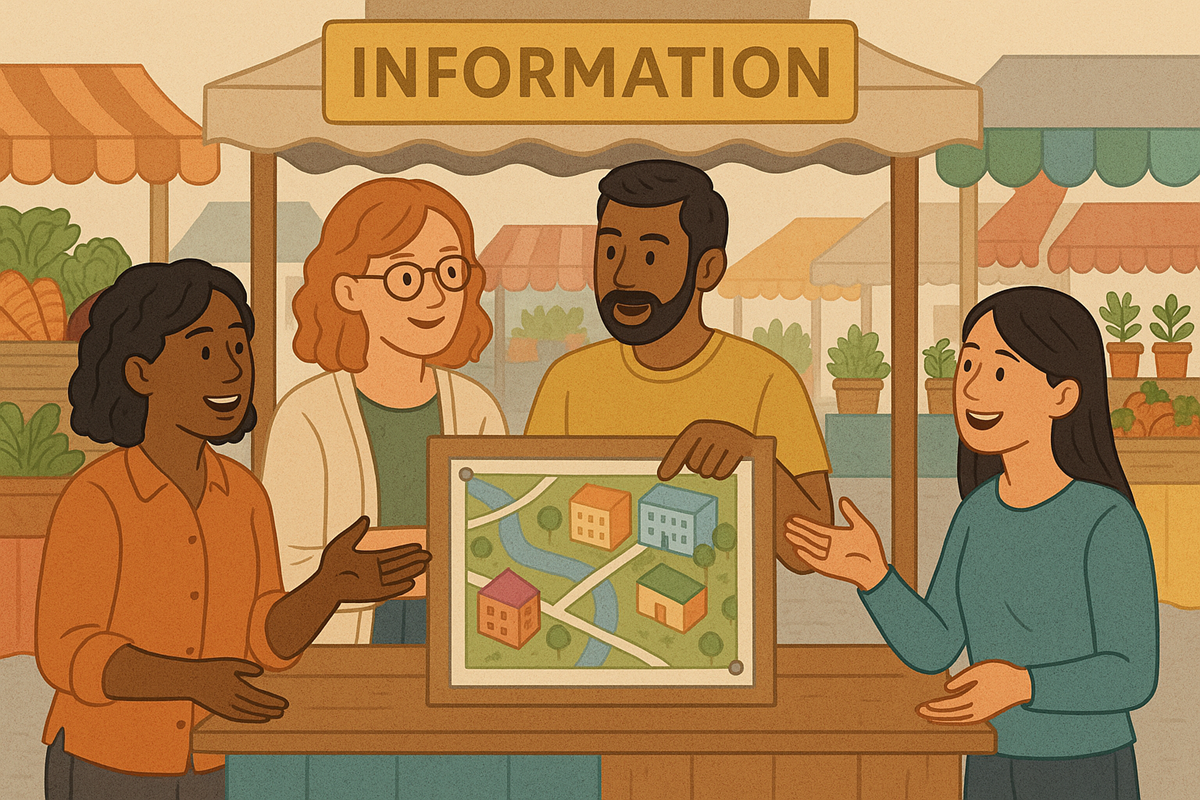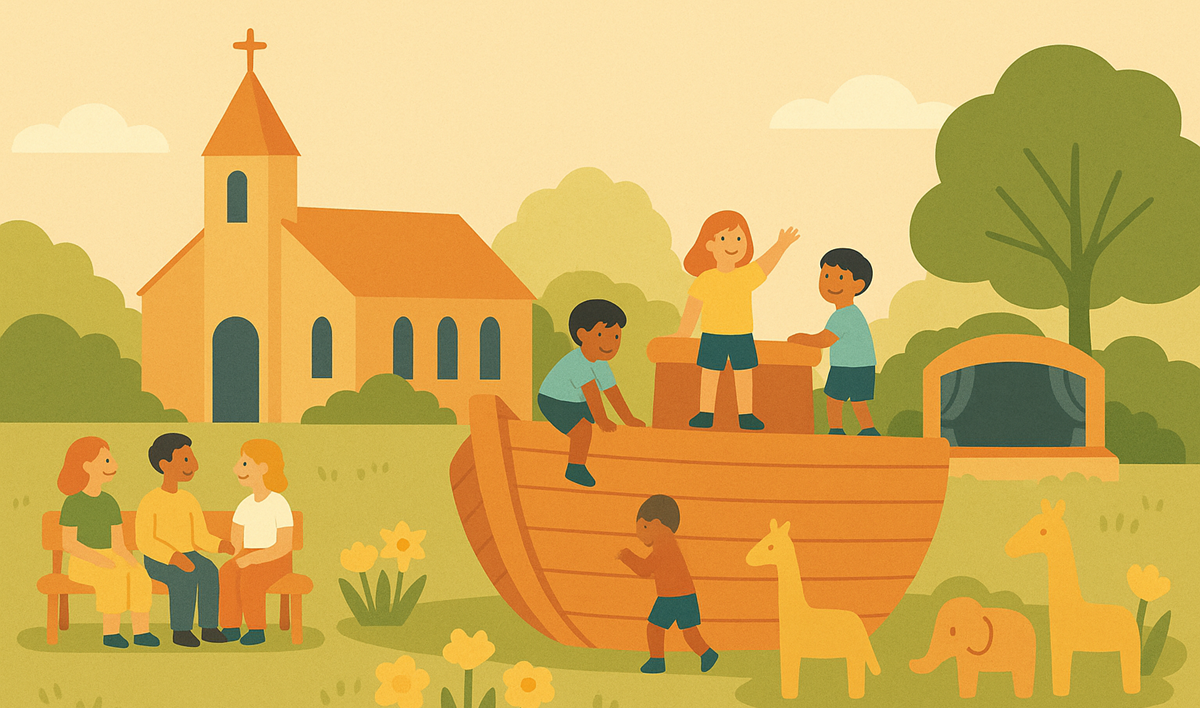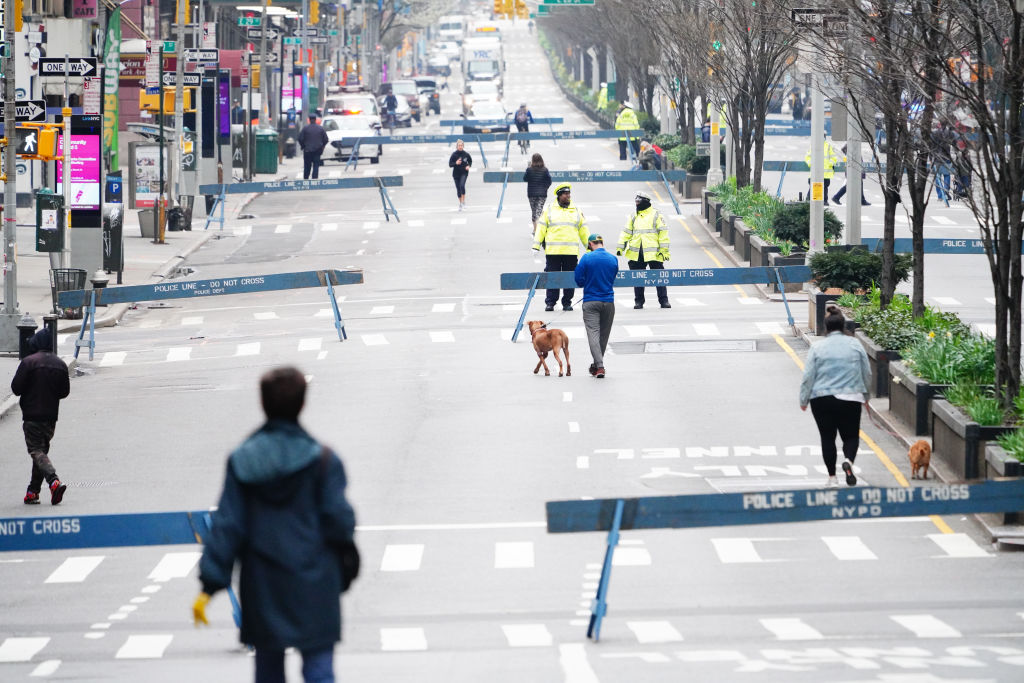
Covid-19 is everywhere. Its impact on countless aspects of our everyday life are slowly becoming clear. For urban planners, the question is how to adapt cities in the future so that they will be more resilient towards health crises like pandemics. Some drastic changes in urban fabrics all over the world are already visible: People are biking much more, walking on the streets to maintain social distancing, working from home and not using public spaces as much as they used to. This article will use the theory of first, second and third places to understand what the crisis means for our cities. It will end in some possible scenarios that urban planners will have to face.
Public Space and the Three Places
Sociologist Ray Oldenburg coined the term “third places” in 1989, meaning public spaces that are crucial for neighbourhoods as a space to interact, to gather, to meet and to talk. According to Oldenburg, these three different spaces can be discerned:
- First place: Home
- Second place: Work
- Third place: Public spaces, such as libraries, parks and social spaces
A few years later, Starbucks and other big chains jumped on this theory and made it even more popular by describing their own cafés and restaurants as a third space. But apart from these corporations, public spaces are also provided by local governments and by citizens themselves.
Oldenburg identifies these places as “the public places on neutral ground where people can gather and interact. In contrast to first and second places, third places allow people to put aside their concerns and simply enjoy the company and conversation around them.” (from his book “Celebrating the Third Place”, 2000).
While an important focus in urban planning has been on providing these spaces in recent years, 2020 has brought a new challenge:
What can we do as urban planners when this system of places gets mixed up? Now that a lot of work is happening at home, the second place is disappearing for many people. Even without the virus, we would have reached this point in the next decades in some countries, where home office or remote work are already poplar. This new way of working means that third places are becoming even more important. But what happens if they are taken away, too?
The Place to Be
Normally, our spatial distribution is clear to many of us. We spend free time and quality time at home, work from the office and socialise in third places – public spaces of all kinds. But now that we are forced to stay at home if possible, this distribution melts away. Suddenly, all activities take place from home. We spend time with our family at home, work from home and socialise in exactly the same space, using the same gadgets and technologies. What does this mean for urban planning?
The First Place as Combination of All Spaces
Our first place, home, is suddenly a combination of all spaces during the worldwide lockdowns. This can be fatal for people who suffer from domestic violence, for example. It is also a huge challenge for parents or persons taking care of elderly or sick relatives. As working from home is a new reality for many, at least for the foreseeable future, improved home office design and new labour laws will be big challenge for architects, planners and policymakers (The Economist, 2020).
But some daily tasks cannot be done from home, especially in countries with higher poverty rates and informal labour. That means that crucial services should be available in walking distance to people’s first place, so that they can satisfy their needs even during a pandemic. Dense cities with many local centres, corner shops and similar facilities in a mixed-use design allow citizens to easily meet their basic needs even during a quarantine (World Bank, 2020).
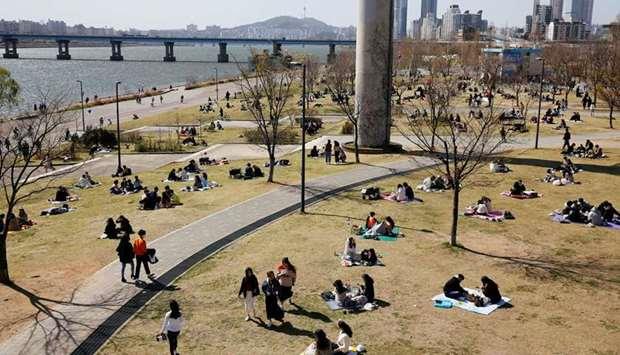
Current developments show that priorities in public space are shifting: Biking, access to green and blue spaces as well as the possibility to visit national parks are important to keep spirits up and allow people to go outside while maintain social distancing rules (C40 2020). Here, urban planners and policymakers need to provide adequate upgrades to urban infrastructure and public spaces that should be implementable quickly and, if necessary, repetitively. Particularly for dense cities, this is a challenge. The provision of public space that can function even during a crisis is something to be taken into consideration even once Covid-19 is over.
The Second Place in a Working from Home Economy
Apart from making the home and its surroundings quarantine-proof, urban planners and architects will also likely make changes to office design. The Economist has already published some ideas on touch-free, social-distancing friendly office designs. The trend towards working from home or even being a digital nomad, that has been visible for at least the last decade in high-income countries, has picked up speed drastically during the current health crisis.
Urban planners therefore need to consider how to facilitate working from home or working in the office with social distancing & hygiene measures. These questions will come up, among others:
- How can energy providers and energy infrastructure accommodate the different energy patterns?
- How can we change broadband connections to enable high-speed internet for those who WFH?
- How can we enable commute during social distancing?
- How can we counteract the decrease in use of public transport?
- How can we provide necessary infrastructure and attractive third places closer to home for people who WFH?
The Virtual Third Place
As more and more citizens in lock-down take to online games and celebrations, it seems possible to imagine a virtual third place. While socialising and community-building is not the same in front of a screen, we are still able to use third places for community-building, as intended by Oldenburg, the Project for Public Spaces and other experts (Planetizen, 2019). However, the elderly and people without internet access will find it difficult to join these virtual third places, which is something to be worked on.
Now that some countries are lifting the strict lock-down rules, people flock to public spaces more than ever. They need to live their inherent urge to socialise, observe others and get out of the house for a while – the house that has become a combination of all places. While it seems that the trend to work from home is there to stay in many cases, you cannot take away the physical third place from people. Its importance is becoming very clear during these challenging times (Project for Public Spaces, 2020).
For urban planners, this means that we have to think of new and creative ways to enable community-building (The Creation of Place Design Team, n.y.). We need larger public spaces that make social distancing possible. We need accessible, attractive infrastructure that allows everyone to use public spaces. This viral image from a market in Myanmar is a good first example:
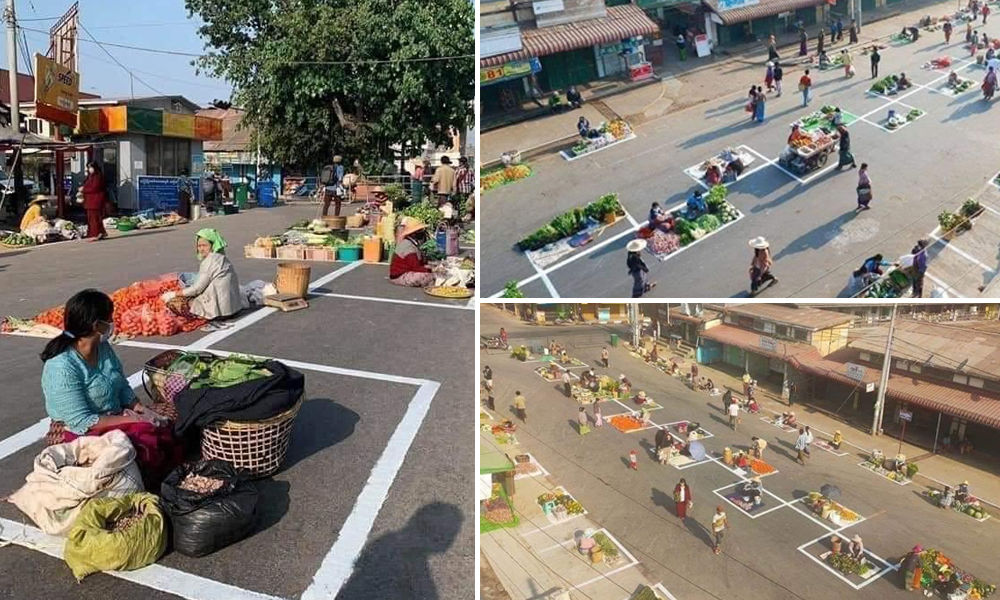
Can a Fourth Place be the Solution?
Economic geographer Arnault Morisson argued in 2018 that our evolving economies are calling for a fourth place. The current crisis invites us to re-consider this idea, since the separation between the different places is more blurred than ever. New social environments such as coliving (first place + second place), coworking (second place + third place) and comingling (first place + third place) have been on the rise in recent years already (Morisson, 2018). Now that all of our places are combined in the first place – i.e., we are living, working and socialising at home -, we need to rethink our distribution of place to make it resilient to extraordinary circumstances like a pandemic.
Fourth places, according to Morisson, could look live huge innovation centres that combine all three places in one. They are so big that they would even allow for social distancing, while still living, working and socialising in the same space. But fourth places can also look like they already do for many of us – virtual and with blurred frontiers. Policymakers and urban planners should favour the creation of fourth places and innovative public spaces in order to incorporate different dimensions of place and to adapt to circumstances quickly.
While not all the implications of the Covid-19 pandemic are clear yet, it is important to already think about how current events are shaping our social and public life in the months and years to come. This might mean implementing measures specific to regional context, such as building more cycling lanes, providing more parks or focusing on innovative fourth places, but it also means rethinking the role of public space and the city as a social construct. Urban planners as well as citizens should work together to create adequate public spaces and ideate fourth places. The goal should be to allow for public life and community-building to continue safely – and a city that is able to adapt its public spaces where necessary will be the most successful.
Sources
C40, 2020: Prioritising cyclists and pedestrians for a safer, stronger recovery. Available online at https://www.c40knowledgehub.org/s/article/Prioritising-cyclists-and-pedestrians-for-a-safer-stronger-recovery?language=en_US
Morisson, Arnault, 2017: A Typology of Places in the Knowledge Economy: Towards the Fourth Place. Conference Paper. Mediterranean University of Reggio Calabria, Reggio Calabria, Italy.
Oldenburg, Ray, 1989: The Great Good Place. Da Capo Press.
Oldenburg, Ray, 2000: Celebrating the Third Place: Inspiring Stories About the “Great Good Places” at the Heart of Our Communities. Da Capo Press.
Planetizen, 2019: Ode to Third Places. Available online at https://www.planetizen.com/news/2019/07/105462-ode-third-places
Project for Public Spaces, 2020: Our Mission. Available online at https://www.pps.org/about
The Creation of Place Design Team, n.y.: Third Places. White Paper. Available online at https://www.embracetheplace.com/wp-content/themes/EtP%20Theme/docs/3thirdplaces.pdf
The Economist, 2020: Don’t stand so close to me. Available online at https://www.economist.com/business/2020/05/09/dont-stand-so-close-to-me
World Bank, 2020: Urban Density Is Not an Enemy in the Coronavirus Fight: Evidence from China. Available online at https://blogs.worldbank.org/sustainablecities/urban-density-not-enemy-coronavirus-fight-evidence-china

